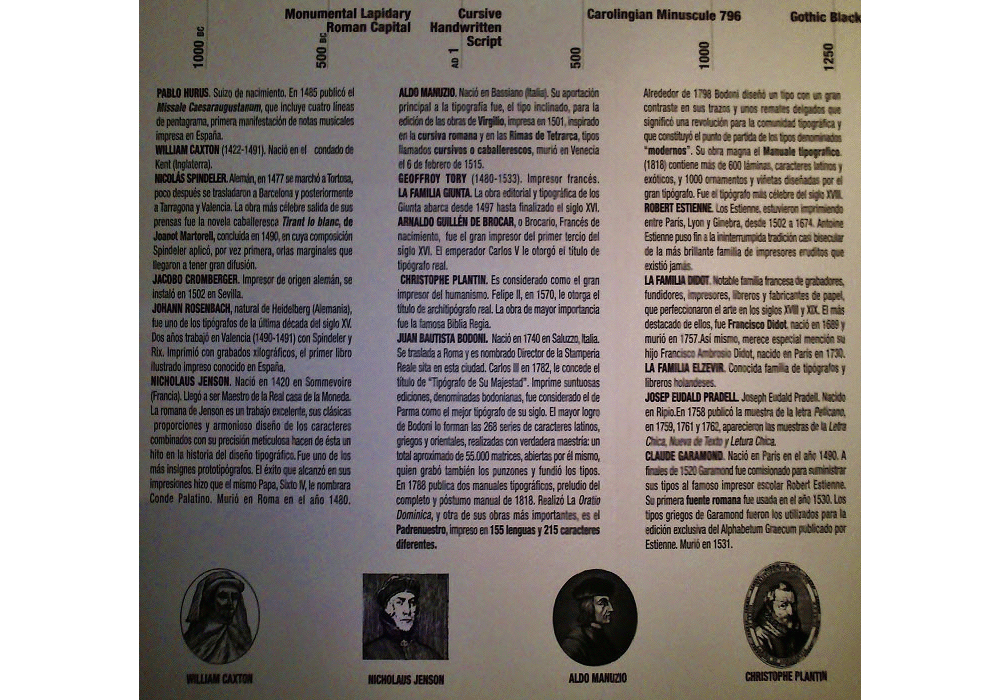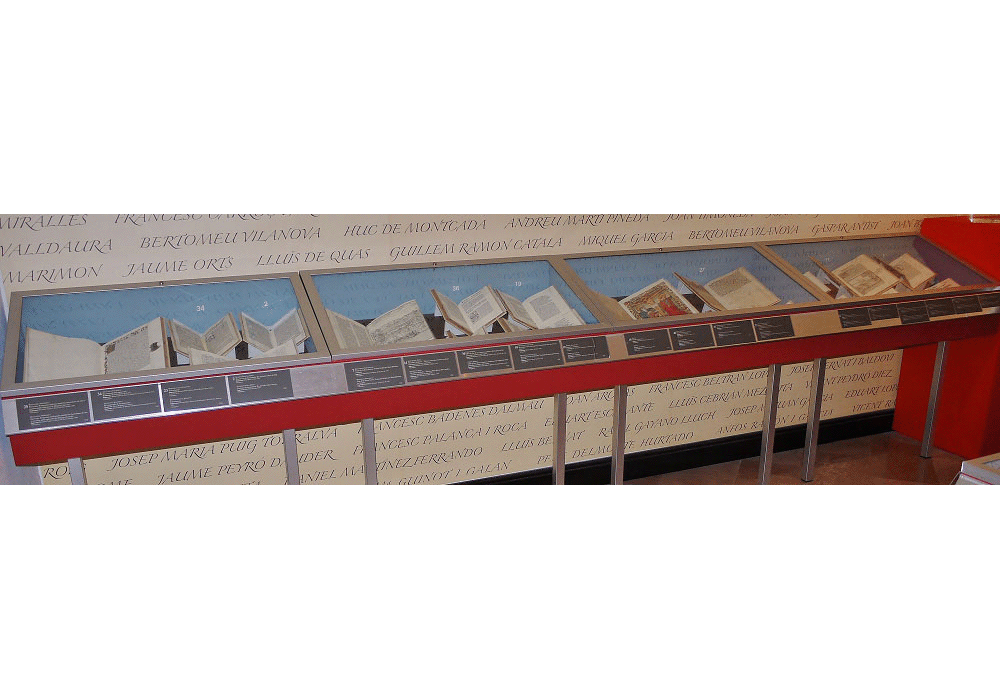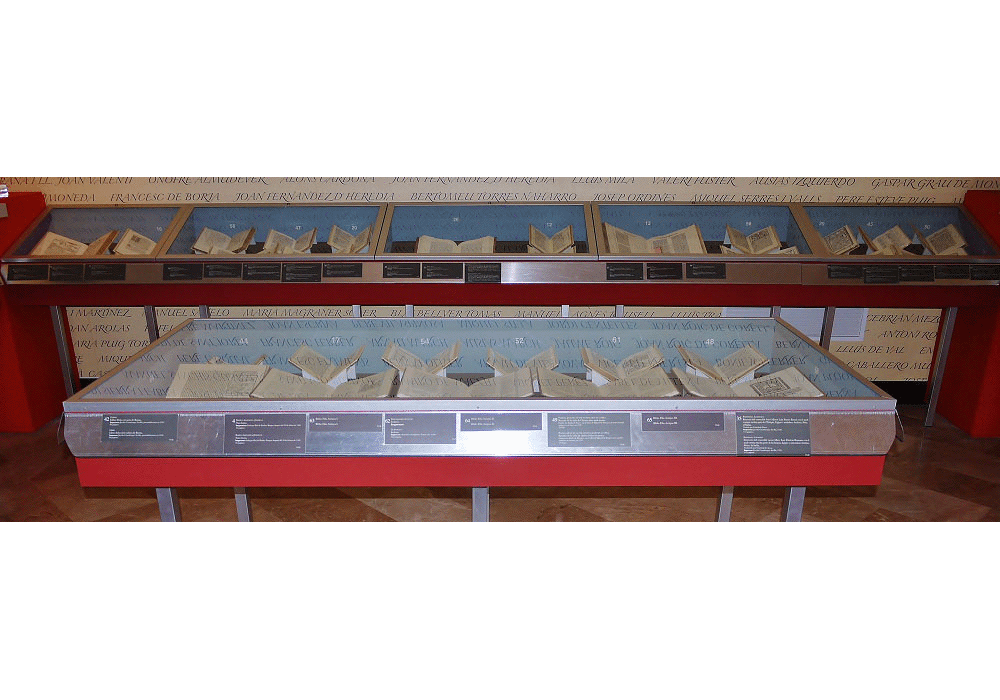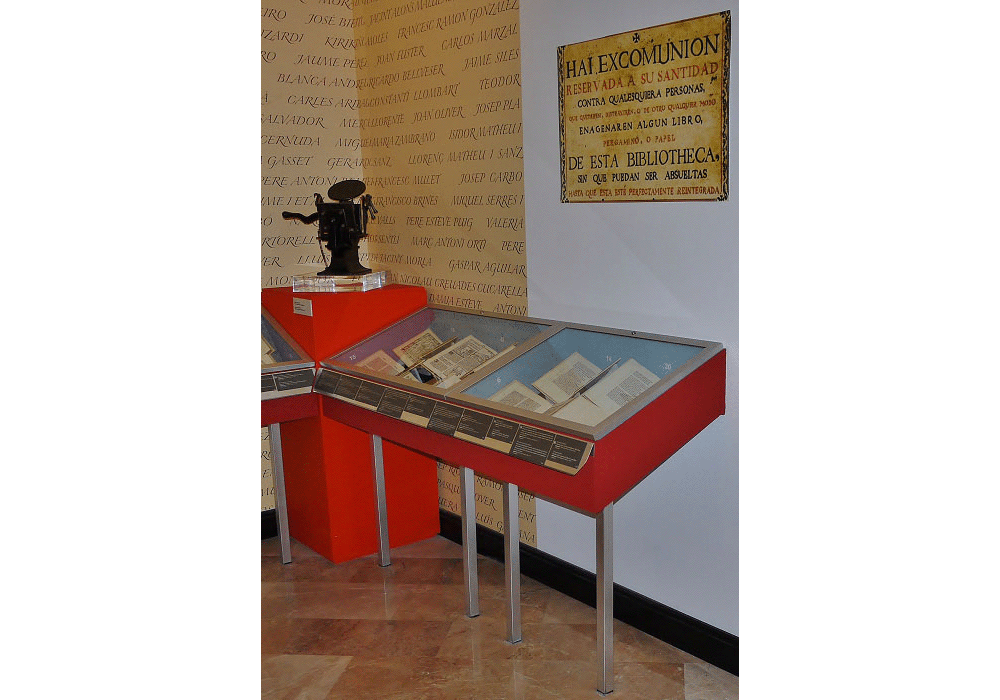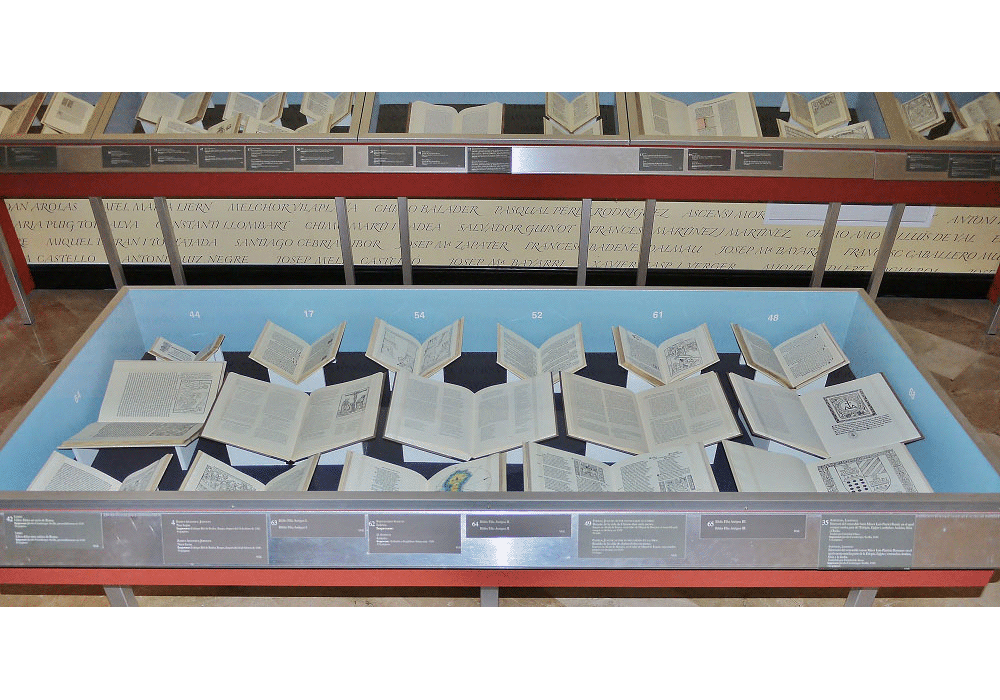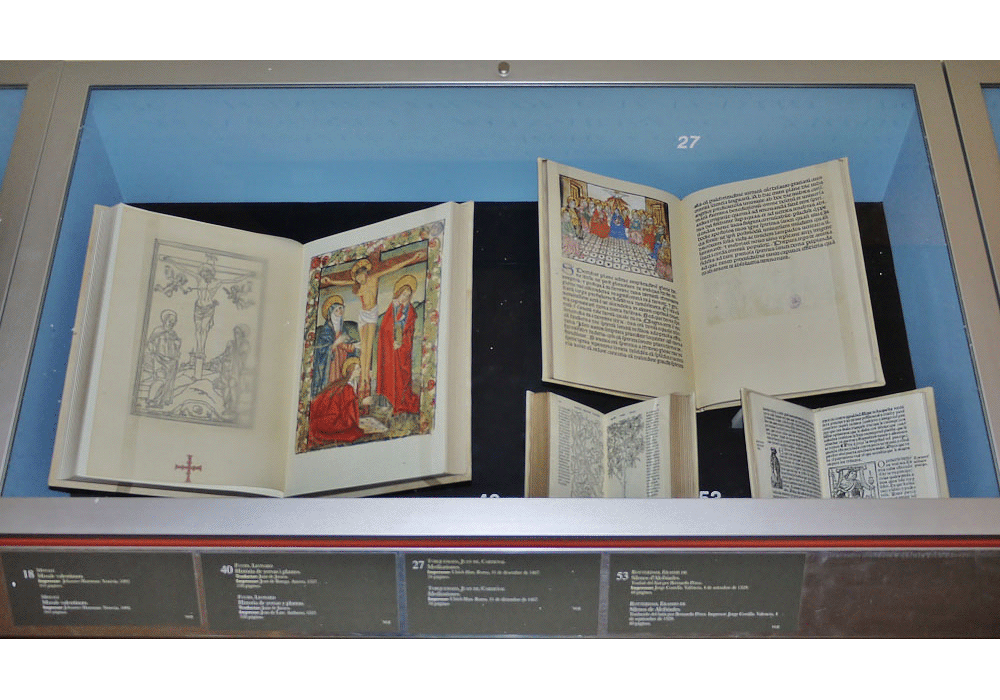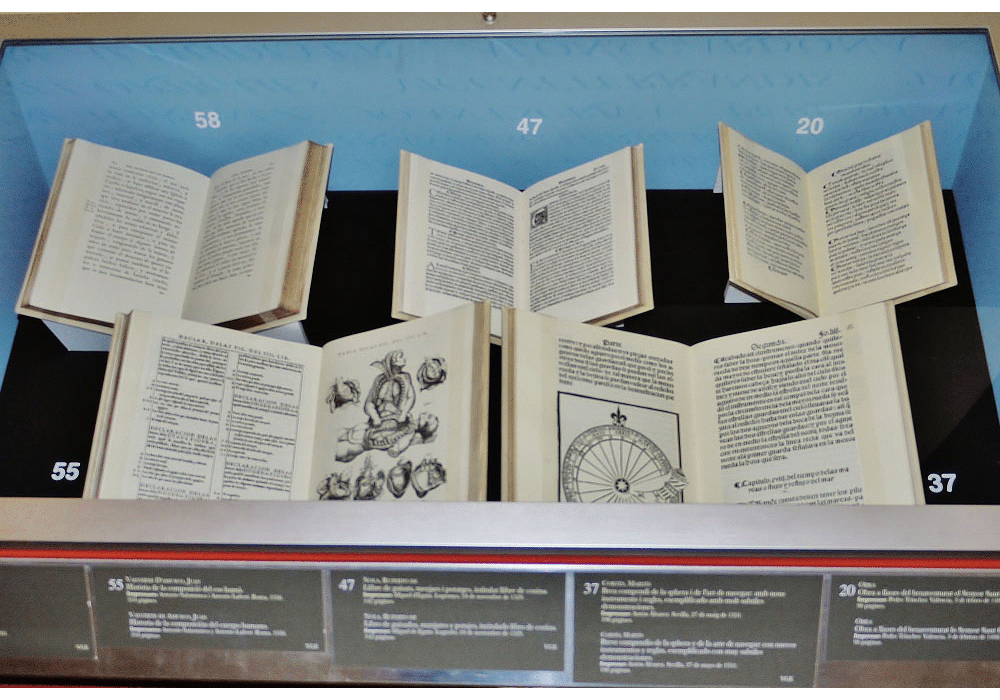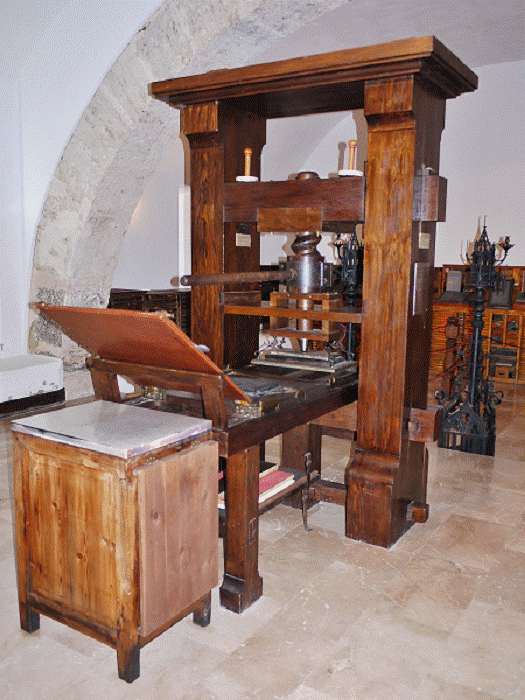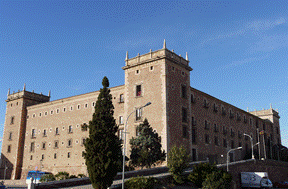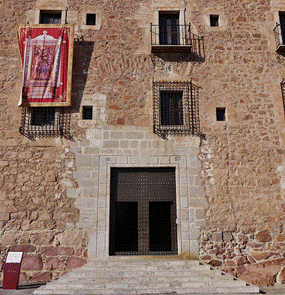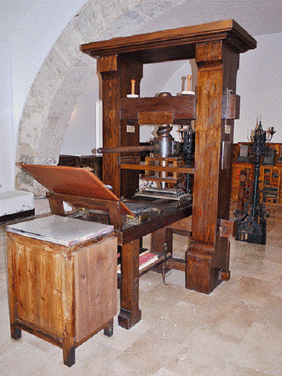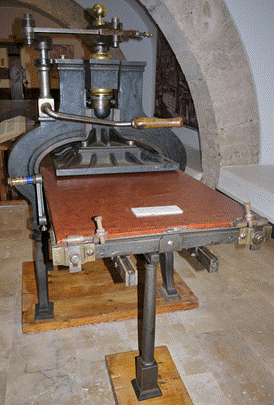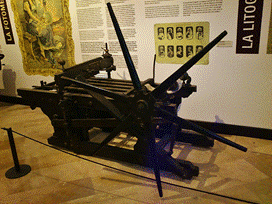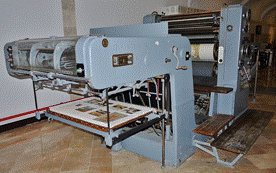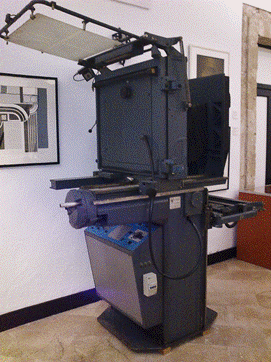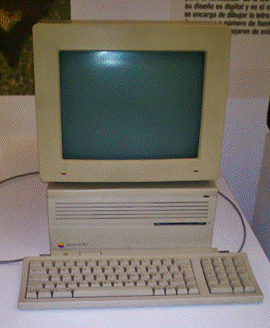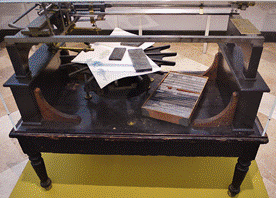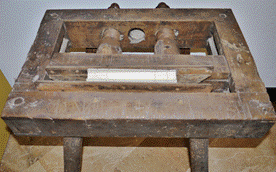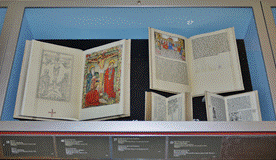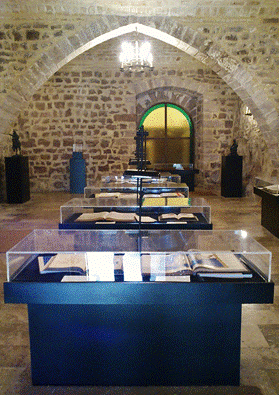|
|
|
| Seguir @vicentgarciaedi Twittear |
|
vgesa |

|
|
|
National Print Museum of Spain. El Puig (Valencia) Founded by Ricardo J. Vicent, with the collaboration of Vicent García Editores |
||
|
An incunabulum is a book printed after the invention of movable type by Gutenberg (1450-54) and the 31st Dec. 1500. The word derives from the Latin incunabula meaning “in the cradle”, referring to the beginning of the new method of book production Post-Post-incunabulum : Due to the fact the method of printing using movable type spread across the world at different rates and at different times, post-incunabula are generally taken to be those books which have the same characteristics as incunabula, but which were not printed during the incunabulum period (15th century). For example, the books printed in Venice cease to have similar characteristics to those of the initial printing period from 1480 onwards, as stated by Haebler in his Handbuch der Inkunabelkunde, but the books printed in England and Spain retain the characteristics of incunabula until the early 16th century. In the Spanish case, a post-incunabulum refers to a printed work from the first 20 years of the 16th century, as stated by Julián Martín Abad in his notes to the Spanish edition of Haebler’s work. In general, a post-incunabulum is a book which is printed in the 16th century, but which maintains the more primitive characteristics of the books printed during the incunabulum period. The first incunabula: Konrad Haebler created a world map concerning the spread of printing, detailing the year in which printing arrived in important cities. Although recent research has made some minor modifications to these details, there are certain books which are especially emblematic of the dawn of printing in particular countries. Vicent García Editores has produced facsimiles of two of these: the Gutenberg Bible or the 42-Line Bible, Gutenberg’s most important work, with which he introduced his invention to the world; and Obres o trobes en laors de la Verge Maria, the first literary work published in Spain. Visitors to the Printing Museum can see a vast collection of over 70 facsimiles of incunabula and old books published by Vicent García Editores since 1974. |



